QuestionQUESTION: hey just recently i bought 6 tetra's and i was wondering if u could tell there genders apart, also when do they breed and how old will they have to be before they breed and where do they lay there eggs
thanks
ANSWER: Hi,
Sorry to inconvenience you in any way, but I need to know what types of tetra you are talking about.
---------- FOLLOW-UP ----------
QUESTION: neon tetra
ANSWER: Ok, Neon tetras are usually about 1 inch long before they can breed. females are larger with a bigger body, and males are smaller and more slender.
Neon tetras will breed anytime of the year in aquariums. In terms of how you breed them, they are pretty standard egg scattering tetras, however they require warm, exceptionally clean water with some tannins to stimulate breeding. They scatter their adhesive eggs all around plants, substrates, and even the glass. Do you want me to tell you how to breed them, or do you know how?
---------- FOLLOW-UP ----------
QUESTION: yes please id like to know from your description how to tell the difference i think i have 2 males and 4 females
AnswerNeon tetras are a pretty normal egg scattering fish. To start the process of breeding, condition them in the main tank by feeding lots of high quality live or frozen food. Continue this for about 2 weeks.
After the fish have been conditioned, you will need to separate the female into the breeding thank. By this time, females will look much larger and fatter than males will. The breeding tank is a tank usually between 2.5 and 12 gallons (I actually prefer to use a 2.5 if you can keep it clean and heated) with plants, very light air driven filtration and a heater if needed to keep the water at 78oF. The tank should have leafy plants (fake work, but live are better because the macroinvertebrates that live on them make an excellent starter food for they fry.) and/ or a spawning mop. Sometimes a thin layer of peat moss on the bottom can help stimulate breeding, but you must pre soak it and take daily pH readings to make sure the pH doesn't go below 5.5.
Continue conditioning (the heavy and high quality feeding I mentioned above) once the female is in the breeding tank. Leave her in there all by herself for a weeks, as this will ensure that he knows places to hide and lay her eggs. On the final day of the week, introduce the male right before lights out. The pair should spawn at first light.
The spawning should last about 2 hours. It looks like the fish are biting, chasing, and bumping into each other, but if you look closely, you will see eggs come out and be fertilized every time they bump into each other, hence the name egg scattering fish. Be careful not to disturb them at this time. You can tell they are done because they stop and just lay suspended in the water allowing themselves to sink before they recover. It is now time to net them out of the breeding tank and put them back into the display aquarium. Be sure not to disturb the eggs too much, as getting hit with a net may kill or dislodge the adhesive eggs from the plants. The parent's job is done.
Over the next 48 hours, the eggs will hatch. they fry will look like little shards of glass that have fallen onto the ground and are attached to the plants. They will become free swimming about 72 hours after hatching. Do not feed them until they have depleted their yellow yolk sac. Once they are ready for food, feed them baby brine shrimp and powdered flake or pellet food. Keep the water clean by doing a 15% water change every 3 days using air line tubing as a syphon hose. be sure not to syphon up the fry.
In about a month they will look just like miniature versions of their parents. You can now feed them flakes, pellets, or whatever you feed the adults. They should be big enough to move into the main tank or be sold at 1.5-2 months.

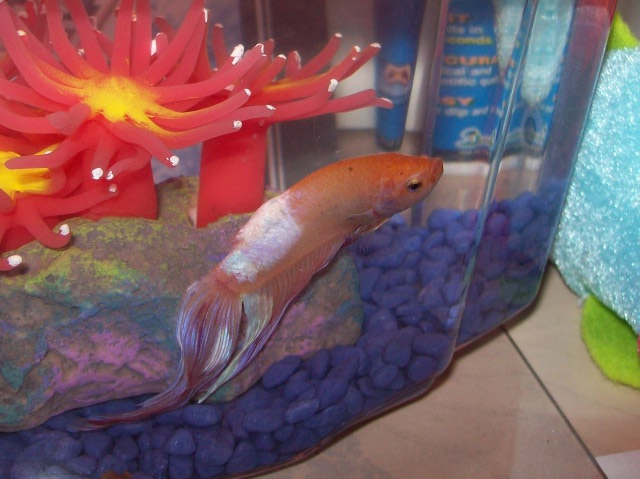 Is this skin cancer?
Question
sick fish
I have 4 betta fish and three
Is this skin cancer?
Question
sick fish
I have 4 betta fish and three
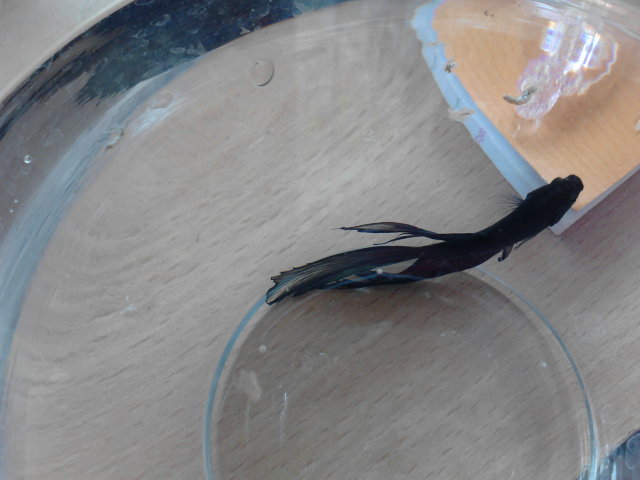 Beta Fish- dull, flits about the tank, lost appetite
QuestionBlue Beta
QUESTION: Hi Jaymie,
I read
Beta Fish- dull, flits about the tank, lost appetite
QuestionBlue Beta
QUESTION: Hi Jaymie,
I read
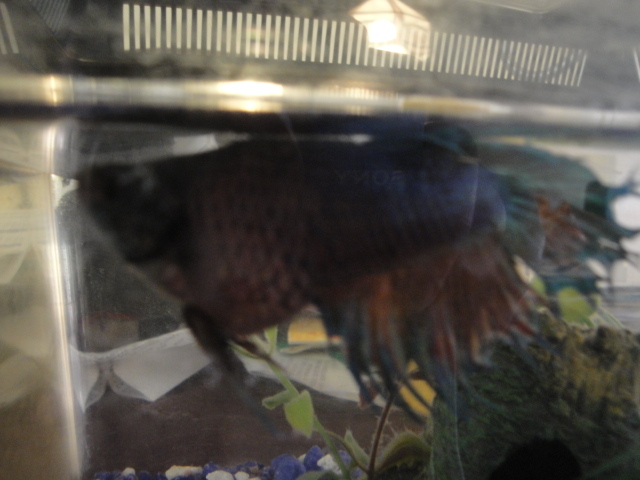 Fish to human infection
Question
Bloated Betta
Im taking care of my friends fis
Fish to human infection
Question
Bloated Betta
Im taking care of my friends fis
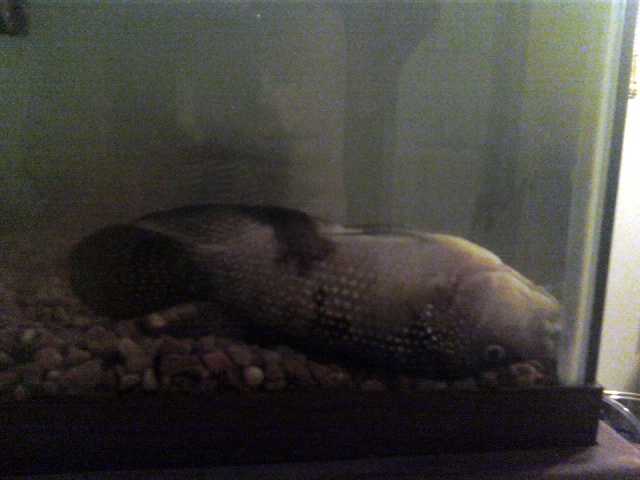 Upside-down Dempsey
Question
Sick Demsey
I have 2 Jack Dempsey Cichlids tha
Upside-down Dempsey
Question
Sick Demsey
I have 2 Jack Dempsey Cichlids tha
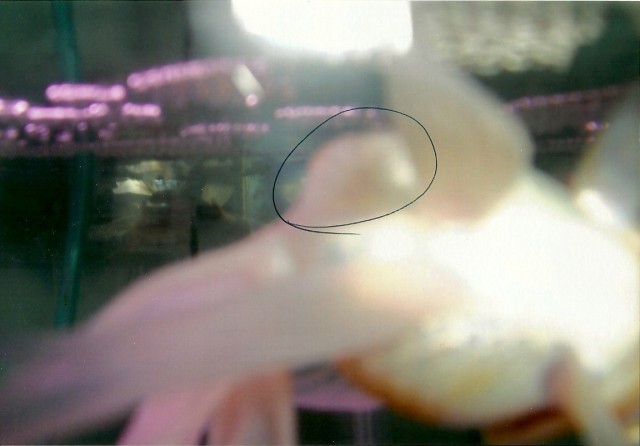 ryukin
QuestionQUESTION: I have a ryukin goldfish that has bee
ryukin
QuestionQUESTION: I have a ryukin goldfish that has bee